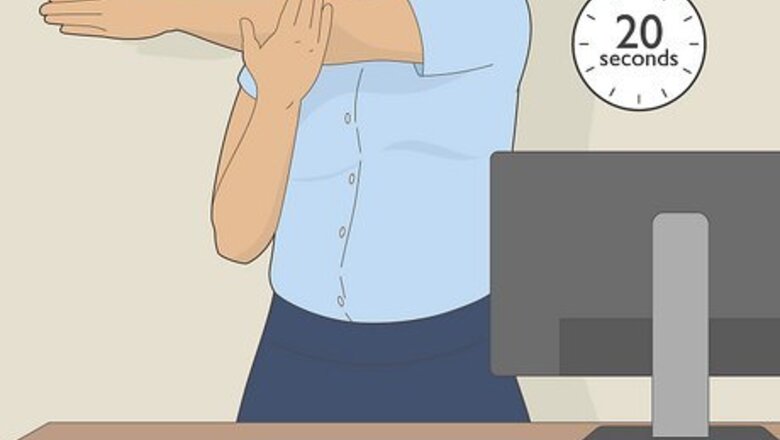
views
Adjusting Your Shoulder with Stretches
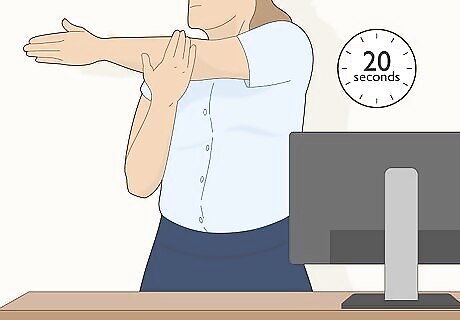
Cross your arm over your body to crack one shoulder at a time. With your legs shoulder-width apart, raise the arm of the shoulder that needs to be popped until it is parallel with the floor. Then, move your arm in front of your body so that your upper arm is across your chest, and hold your elbow with the opposite hand, pulling the shoulder. Hold the stretch for 20 seconds or until you feel the shoulder crack. If you don’t feel any improvement, repeat the stretch 3 times before switching to the other shoulder. Cracking your shoulder is good for short-term pain, but you shouldn't have to do it all the time. You might have a joint stability issue if you have to crack your shoulder often.
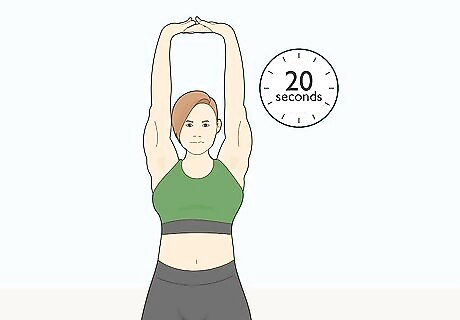
Do overhead stretches with interlocked fingers to relieve tension. Stand with your legs shoulder-width apart and let your arms dangle to the sides of your body. Then, bring them to the front of your body and interlock your fingers with your palms facing down. Slowly raise your arms in front of you until they’re above your head, and hold the stretch for 20 seconds. If performed correctly, your palms will be facing the ceiling as you hold the stretch and your shoulder may crack as you raise your arms. For particularly tense muscles, raise your arms very slowly and pause as necessary when your muscle begins to feel sore. If you can’t interlock your fingers, hold a broomstick parallel to the ground in front of you with both of your palms facing down. Then, slowly raise the broomstick until you’re holding it over your head, and hold the stretch for 20 seconds.
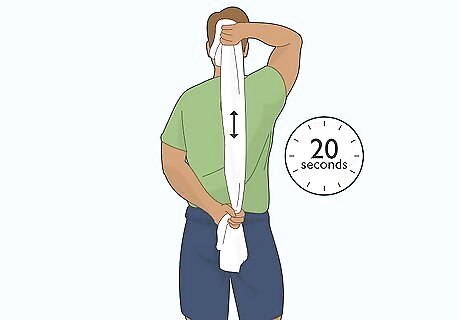
Perform a towel stretch to crack and stretch your shoulder if you had an injury. Stand with your feet apart and hold a towel in the uninjured arm. Drape the towel behind your back over the uninjured shoulder, and grasp the other end of the towel with your other hand. Gently and gradually pull upward with the uninjured arm to stretch and crack the opposite shoulder, holding the stretch for 20 seconds. If you feel pain at any point, stop the stretch and rest. If you don’t have a long enough towel, use an exercise band or another long piece of fabric that won’t tear when you tug on it.

Complete a pendulum stretch if your shoulder is feeling stiff or frozen. Lean on a table using the arm that doesn’t feel stiff and relax your shoulders. Dangle the stiff arm at your side about 45 degrees in front of your body with your fingers pointing to the floor. Then, swing the arm in a circle about 1 foot (0.30 m) in diameter, repeating the motion 10 times to loosen the joint and allow it to crack. If this doesn’t release the tension in the joint, try holding a 3–5 pounds (1.4–2.3 kg) weight in your hand as you swing the arm in a circle to make the stretch more effective. This is the easiest and safest way to stretch your shoulder muscle and has a very low chance of straining or injuring the joint.
Easing Joint Discomfort
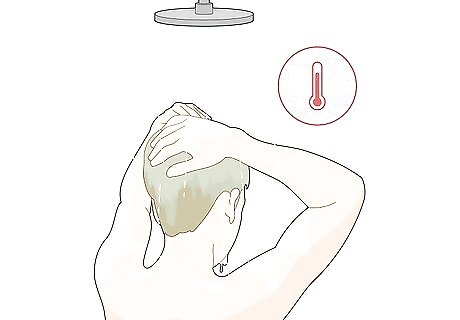
Take a warm shower for 10-15 minutes to soothe a sore shoulder. Stand under the stream and let the water hit your shoulder for 5 minutes or so. Then, massage and stretch the shoulder to soothe any joint or muscle aches. When you get out of the shower, apply a hot compress to the shoulder for 20 minutes every hour if it still feels achy. You can also soak in a warm bath if you’d prefer to lay down as you massage your shoulder. Using an extendable massage roller might be helpful for working out tough knots.
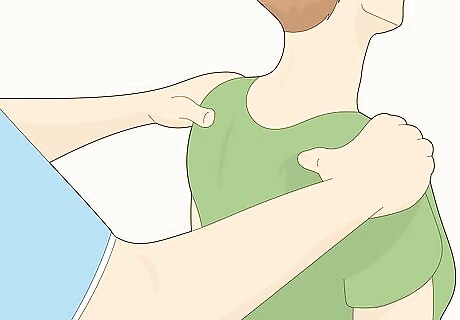
See a chiropractor to have an adjustment if your shoulder is stiff. Cracking your shoulder at home can be a difficult and sometimes impossible process. Make an appointment to see a chiropractor in your area, and specify that you’re interested in an upper-back adjustment. Tell them about your shoulder pain before they begin the adjustment so they can plan your treatment accordingly. Chiropractors are professionals who have trained to align the skeletal system. Don’t try to perform any chiropractor stretches or adjustments at home without proper guidance and advice beforehand.
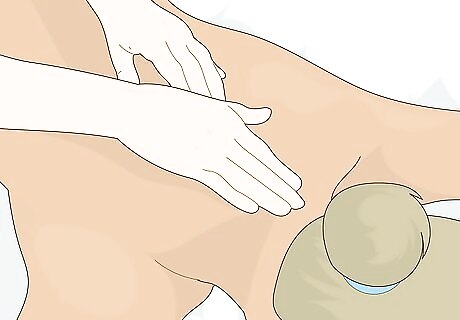
Book a back massage to relieve muscle and joint pain. If you have chronic upper back pain, find a spa in your area that offers soft-tissues massages. These massages have been shown to lessen shoulder pain in some patients for short periods of time. Remember to tell the therapist which shoulder you have pain in. Most reputable massage therapists will require you to disclose your health history and may ask a few more questions about what kind of treatment you’ve had for shoulder pain. Be sure to disclose any medication you’ve taken or surgical procedures you’ve had to treat shoulder pain. You can also loosen up your shoulder muscles with a tennis or lacrosse ball. Keep lines of communication open if a friend or family member is giving you a massage. If the massage starts being painful, let them know.
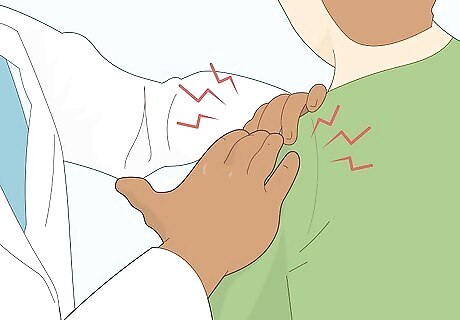
Visit a doctor if you think you may have dislocated your shoulder. Dislocating a shoulder is often painful and difficult to treat at home. Go to a doctor as soon as possible if you feel the shoulder pop out of the socket, your shoulder is sagging, or you’ve lost your range of motion. In many cases, they will immediately be able to pop the shoulder back into place. If you’ve previously dislocated your shoulder, you may be more prone to dislocating it in the future. Be cautious when doing stretches that pull or strain your shoulder joint and muscles.


















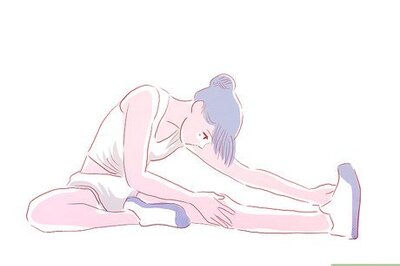
Comments
0 comment